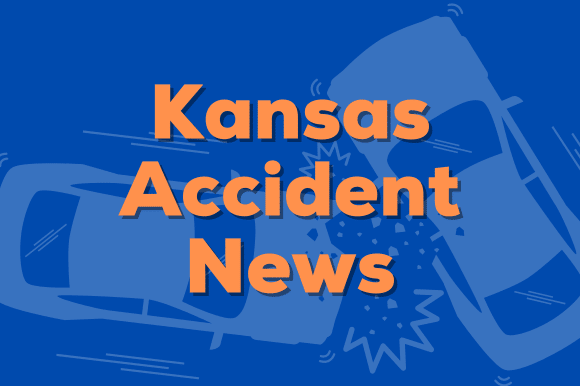Neil Segotta, director of the Non-Metro Area Agency on Aging in New Mexico, speaks to older New Mexicans at the Roundhouse for Senior Day, Jan. 27, 2025. (Photo by Leah Romero / Source NM)
Nearly half of New Mexico’s Aging and Long-Term Services Department’s proposed $74.3 million budget—which ALTSD Secretary-Designate Emily Kaltenbach discussed with House and Senate committees last week—will benefit what’s known as Area Agencies on Aging.
Often referred to as AAAs, these nonprofit or public organizations the state designates to serve people aged 60 and over were established through the federal Older Americans Act. While the number of seniors in New Mexico is growing rapidly, the percentage of those who take advantage of available state services remains minuscule, according to Neil Segotta, the director of the state’s Non-Metro Area Agency on Aging.
For instance, his agency serves nearly 39,000 seniors across the state, which is only 8% of those eligible. Segotta, who doubles as the mayor of the city of Raton, spoke with Source about those services.
New Mexico’s AAAs
New Mexico has four AAAs: one serving Albuquerque and Bernalillo County, the Navajo AAA, the Indian AAA and the Non-Metro AAA, which covers 32 of the 33 New Mexico counties and is overseen by the North Central New Mexico Economic Development District. These AAAs oversee senior centers throughout the state, which offer services to seniors to assist them in day-to-day activities and needs such as transportation and meals. According to Segotta, his agency contracts with 56 providers to offer free adult daycare, case management and household work.
“Basically our main service is to try to keep the senior in their home as long as they can,” Segotta said. “That’s what we try to do is just extend the senior’s life and let them enjoy it in the comfort of their homes.”
Incoming Aging and Long-Term Services leader talks vision, priorities
In addition to state funding, Segotta said his AAA receives approximately $9 million annually from the federal government, or 17 to 18% of his budget. Local government and donations from seniors support the remainder of the budget.
“In a way that’s kind of sad that we’re providing these programs for them and asking them to donate, but also the seniors feel like they’re contributing,” Segotta told Source. “Even though it sounds like we’re getting a good boost [from the state], it really doesn’t go very far. The legislators are starting to see that now. They’re starting to understand that picture.”
Connecting to services
Connecting to senior services can be as simple as making inquiries at a local senior center, but Segotta said people generally learn about the agencies through word of mouth.
“Someone will hear of a senior getting something and we’ll direct them to that local senior center,” he said. “There’s staff there that goes through the assessment process where we ask basic questions: ‘How many times a week do you need someone to prepare a meal for you? Are you eating every day?’”
The process, conducted at the client’s home, takes 30 to 45 minutes. The staff member will determine which services the client would benefit from and connect them. People can also reach out directly to ALTSD at https://aging.nm.gov/.
Segotta told Source NM that the services the Non-Metro AAA provides have expanded from basic transportation and meal needs to chores around the house, yard maintenance, casework and more, all with the goal of helping people age in place as long as possible.
“I had nothing to do with senior services before 2012,” Segota noted, “but I got to say this has probably been one of my most rewarding jobs is working with seniors.”
This article was written with the support of a journalism fellowship from The Gerontological Society of America, The Journalists Network on Generations and The NIHCM Foundation.
GET THE MORNING HEADLINES.
This post was originally authored and published by Leah Romero from via RSS Feed. to get your news feed on Nationwide Report®.




























